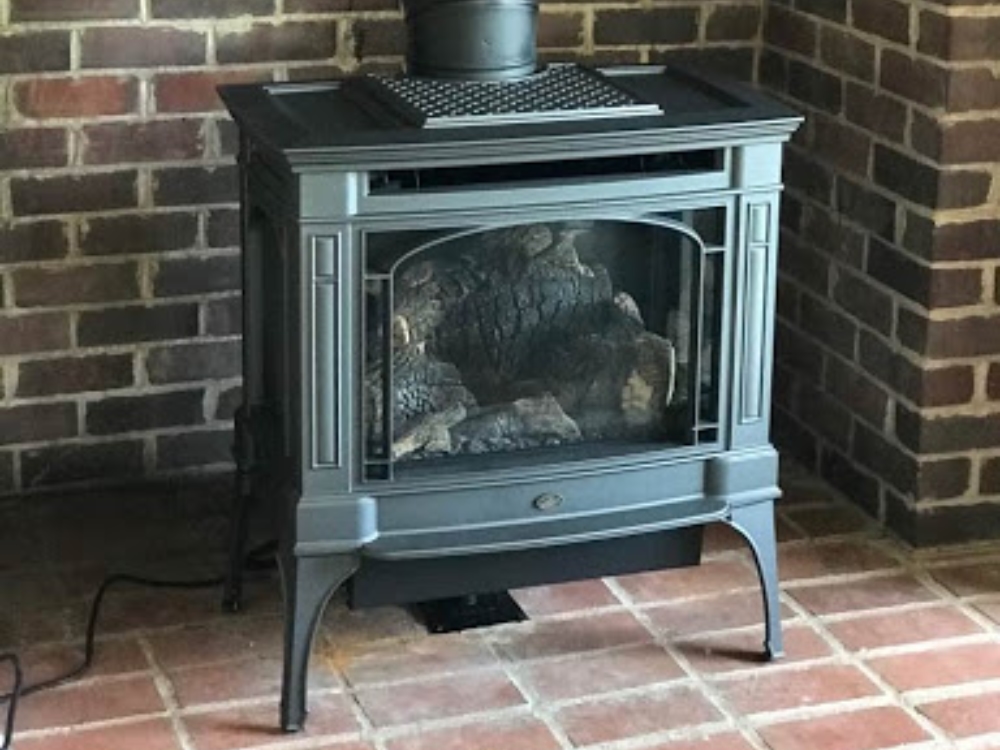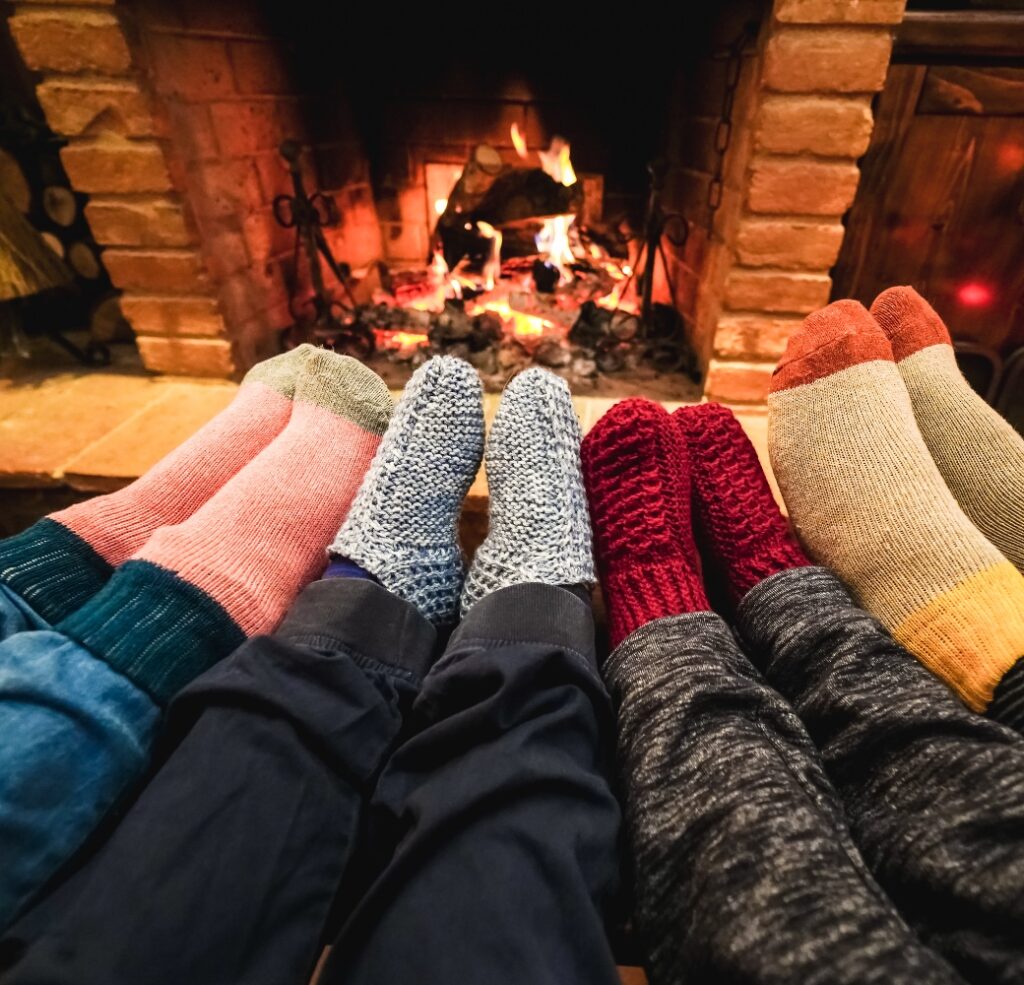The Best Way to Heat Your Home
When the Power Goes Out
Hello again, everyone! Winter is on its way, and the idea of cold is not overly exciting, I know… But, cozy nights snuggled up by the fireplace is tempting, right? However, what happens when a winter storm rolls in and knocks out the power for more than just a night? Frozen toes and burst pipes are no fun for anyone. So, in this post, we’ll look at the different ways you can keep your home warm and safe during a power outage. Grab that cup of hot coffee, and let’s dive in.

The Cold Hard Reality of Not Being Prepared
First thing’s first. If you’re caught off guard by a power outage during winter, you’re inviting trouble. The cold will creep into your home, threatening to freeze pipes, ruin food, and put you and your family at risk for serious discomfort. It’s not just about comfort and pipe protection, it’s about safety too.
So, if you live in a place where it gets cold and power outages happen (which, why would you be reading this if you were in Cabo), then a few easy precautions are necessary.
Popular Choices and Misconceptions
Some people think space heaters or portable generators are the quick fixes for such situations. Space heaters are awesome for adding extra warmth but are usually electric and therefore useless in a power outage. Generators can power electric heaters, your fridge and freezer among other important appliances. It is definitely a great choice to have around if you can. But, they can be complex, costly and frankly…temperamental (personal experiences…) not to mention the hazard of carbon monoxide poisoning if you don’t set them up right.
Plus, you must know how to use them. Which isn’t too hard, but still worth noting.
A lot of folks also underestimate the power of bundling up. Sure, extra layers are a great first step, but they won’t cut it for long, especially in extreme cold. But, your food will stay cold! Relying on bundling up also puts your pipes in danger of freezing and bursting. If this is your only option, make sure to leave the faucets trickling to keep the flow of water through them. Yes, your water bill will be higher, but at least your house won’t flood from a burst pipe!
Why A Stove is Your Best Friend
Now let’s get into the good stuff. If you live in an area where power outages are not uncommon, investing in a stove can be a life-saver. Not just any stove, though—let’s talk about gas stoves and wood-burning stoves.


Gas stoves doesn’t rely on electricity and can kick in the moment your central heating fails. It provides instant heat, and modern models come with safety features to minimize risks such as gas leaks or carbon monoxide poisoning. They’re also cleaner, leaving less residue compared to wood-burning options. Plus, you don’t have to continuously feed your stove with wood. Just make sure your tank is full.

Wood-burning stoves, on the other hand, give you that classic, rustic feel and can heat a room efficiently. Plus, nothing beats the comforting sound of crackling wood, right? The downside is they require a steady supply of firewood, and you need to keep an eye on them. But if you ask us, they are still very efficient and offer an unbeatable combination of ambiance and warmth. Now, here’s the best part… Without power, virtually nothing changes with your wood stove. As long as you have wood (we recommend at LEAST ⅓ cord of wood for emergency situations like this) you’re good to go for heat!
The Added Benefits Of Wood Stoves
Besides heat, you can cook with a wood stove! You can easily cook up soups, stews, heat coffee, and more! Plus, if you want/need to cook up some meat, you can do so right in the firebox. We suggest you wrap the meat in tin foil so you don’t get ash into it.
Now, the less obvious reason, wood stoves serve as a fantastic focal point in your home. They add aesthetic value and a cozy atmosphere that space heaters and generators can’t match. Even when the power is on, a stove contributes to your home’s ambiance, making it a good investment year-round.
Balancing the Pros and Cons
Both gas and wood stoves are efficient and add a cozy vibe to your home. They do require an initial investment, and wood-burning stoves need regular maintenance and a wood supply. However, when you weigh these minor drawbacks against the long list of pros, plus the peace of mind and comfort they bring during a power outage, it’s a no-brainer.

Tune In to Our Weekly Blog
Home Is Where The Hearth Is
Home Is Where the Hearth Is Blog
To sum it up, if you’re looking to be well-prepared for winter power outages, a stove—be it gas or wood—is an excellent choice. Not only will it provide reliable heat when you need it most, but it will also elevate your home’s style and ambiance. So here’s to being prepared, staying warm, and enjoying those cozy, snowy nights, power or no power. Stay safe out there!
Hope this helped!
Chimney Techniques, The favorite Aberdeen fireplace shop
